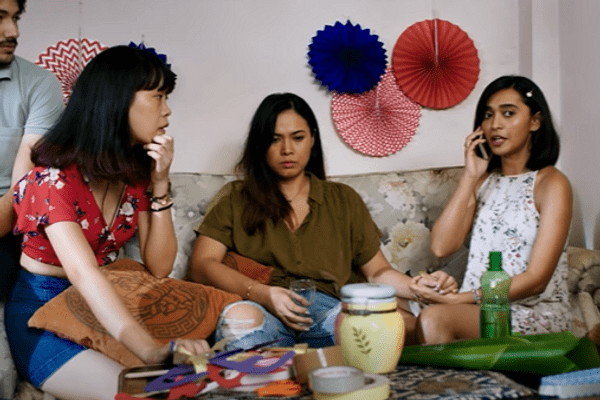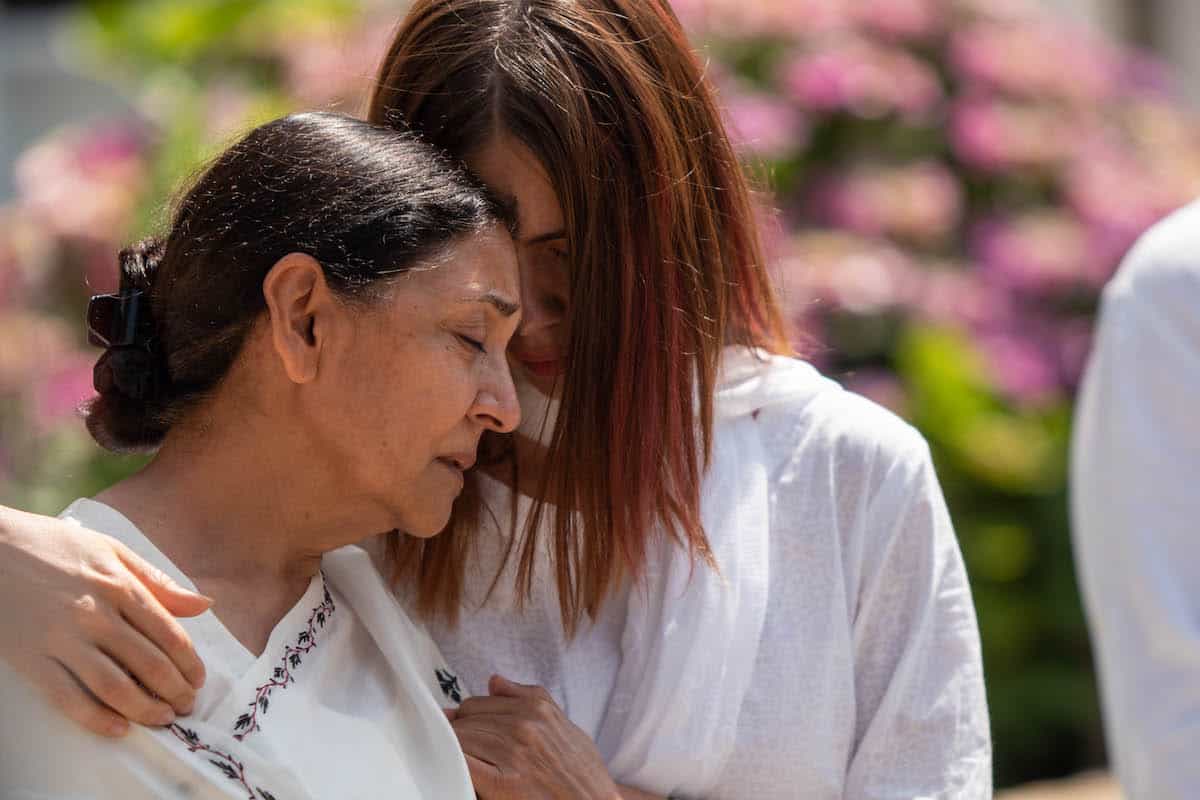By Rachit Raj
In Axone, we get a glance at people who we rarely hear of in a Hindi movie. The film gets its name from an ingredient used in Naga cuisine, which comes with a strong smell. This smell, and how different people respond to it, becomes a big part of the film that takes a casual, committed look at the passing, internalized racism that North East Indians are subjected to in a city like New Delhi.
Starring Sayani Gupta, Lin Liashram, Tenzin Dalha, Vinay Pathak and Dolly Ahluwalia in pivotal roles, the film is an account of one day in the lives of these characters who struggle to cook their native delicacy in a world that is selective and secluded in its respect of cultures that need to be held on to. It is a film that is both soft and deeply insightful in making us understand how racism is as piercing in the bigger moments of abuse as it is in an arrogant disregard for someone’s culture and privacy.
The aversion their loud, negligent landlord (Ahluwalia) has towards the strong smell of ‘Akhuni’ is a reflection of a deep-rooted inability to understand and accept anything that belongs to that part of the country as an obvious ‘other’. The bias is in the very act of calling them “north-easterns”. A complete disregard of the diversity that breaths there.
The strength of Axone lies in its realization that the representation of people from a certain geographical area is good enough to make a political statement, the narrative in itself need not morph into a preachy monologue. Director Nicholas Kharkongor does not force the theme of racism down the throat of his viewers. He blends it around the narrative, how racism in a society like India exists. The film realizes that racism that people from the North-Eastern states face is not an isolated idea, it exists as incongruently and closely to the entire structure of ‘us’ versus ‘them’, a binary that breeds us in a world of distancing anyone who is different from us.
The film shows this through different ranges and incidents. Early in the film Chanbi (Lin Laishram) is faced with sexual remarks by two men (one of them married), as her boyfriend stands still, later to be revealed as himself gone through an episode of racial harassment that has scarred his understanding of the city. Incidents like these – examples of rampant, violent racism – are blended with subtle, scathing ones, both part of the same mindset, brought out in different, equally atrocious ways.
There can be an argument made for the film’s inability to tackle the complexities of the demographic diversity of that part of India that we rarely understand and almost never accept as a part of our country, but Axone caters to a certain populist audience. It speaks in a language that inadvertently makes it tough for it to interrogate deep in the cultural detailing of racism. What it does, however, is something important.
As a film that is now available on a popular digital platform, Axone can start a culture of inclusion and make the unaware a little conscious of the pertinent reality of racism in our culture. It derives its politics and power in little moments, and sometimes that is all that is required to initiate a conversation.
Axone could be the first step in a future of improved, more diverse representations of minorities in India, but as it exists now, this is an essential movie to understand the India that we often push under a rug. The bridge between different groups of people, after all, begins with an acceptance of each others’ food habits.
(This film is now streaming on Netflix)







Leave A Comment
You must be logged in to post a comment.